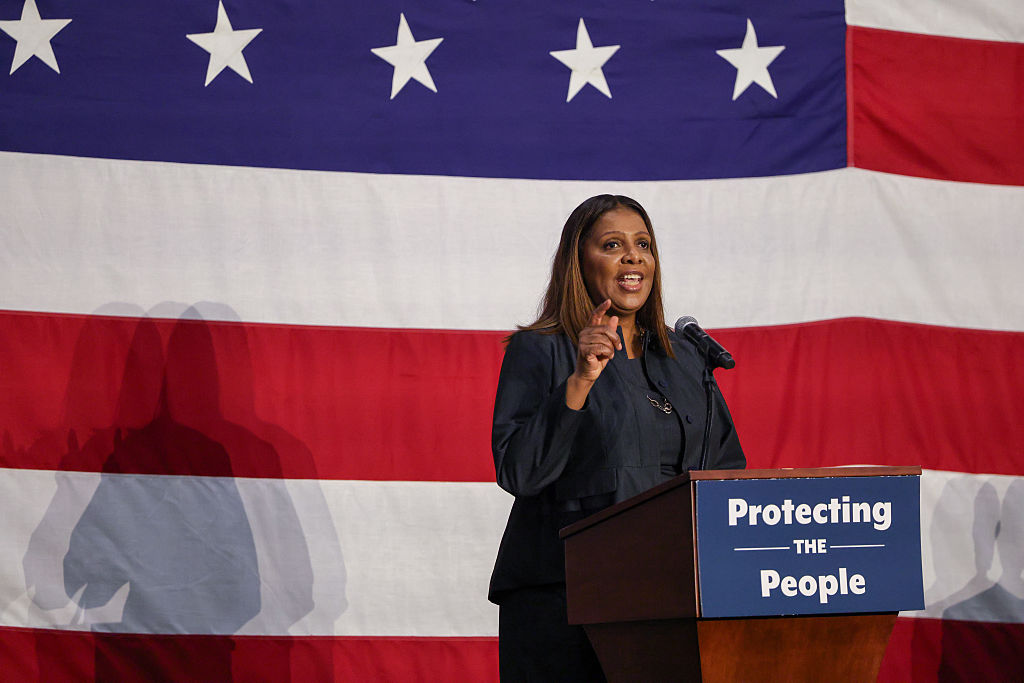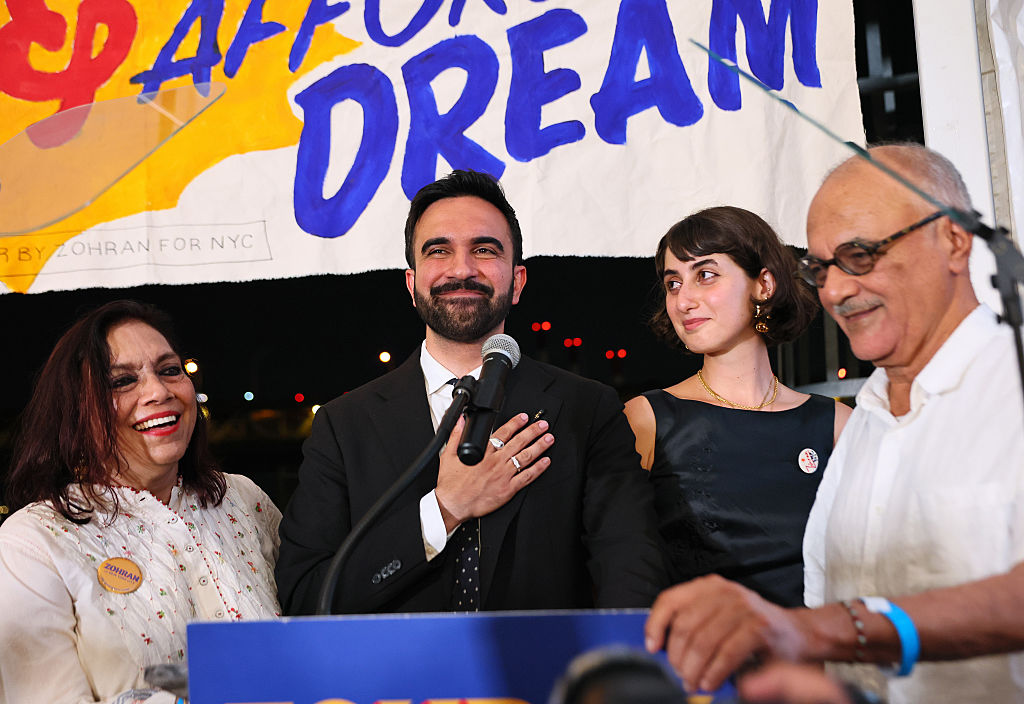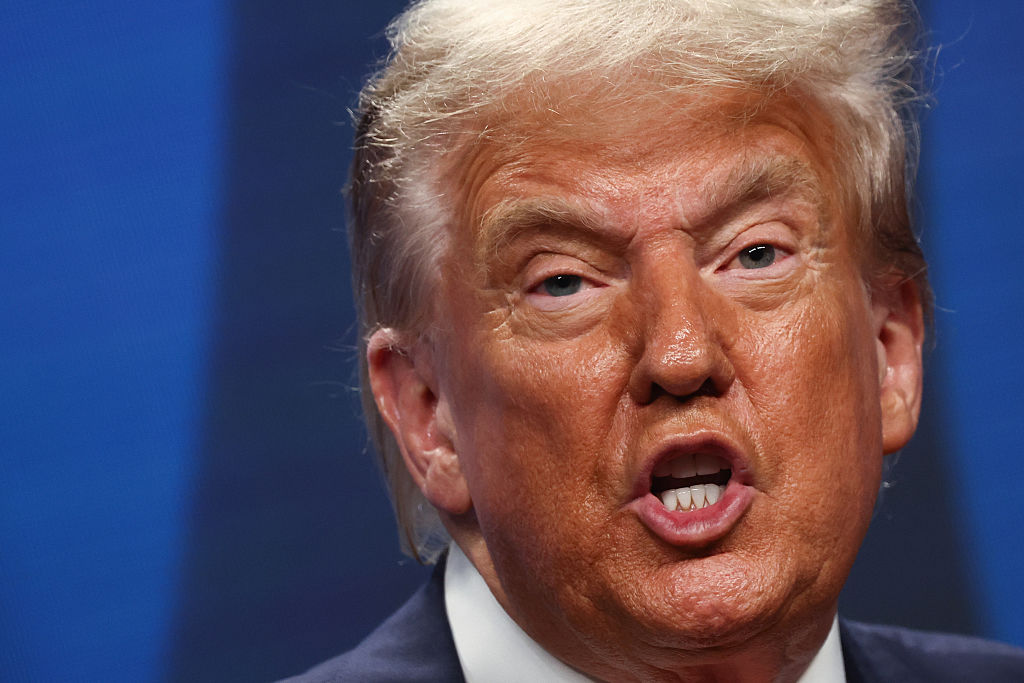The One Story: HBCU Presidents Are Getting Younger
The One Story: The Changing Face Of HBCU Leadership
As the popularity of historically Black colleges and universities (HBCUs) soars, credit for that surge in enrollment has typically been directed to school presidents and other top-ranking faculty and staff members on campus. But while those positions have traditionally skewed older, a closer look at the changing face of HBCU leadership revealed that trend has been decidedly reversing in favor of younger campus chiefs.
Zachary Faison Jr., the 39-year-old president of Edward Waters College in Florida, said being closer to his students’ age and not farther from it gave him at least one benefit that many of his counterparts haven’t been able to enjoy.
“As a millennial born in the 1980s, my generation and now the post-millennials that are our current students are largely defined by a desire to ‘be heard’ and feel ‘understood’ in terms of their expectations from the collegiate experience,” he told the United Negro College Fund this past summer.
Faison went on to say that his relative youth shouldn’t dismiss what in some cases are decades of a head start in experience for many other HBCU leadership elder statesmen. That included Hampton University’s president William R. Harvey, the longest-tenured HBCU president who has been successfully serving in that position since 1978. (Harvey was also in his 30s when he took Hampton’s helm.) But overall, Faison said, his age places him at an advantage over his older fellow HBCU presidents that hasn’t been seen in quite a while.
“With that said, I do believe that new and innovative delivery and implementation models being offered by new, young presidents to support student success can prove to be highly effective in translating to greater student retention and enrollment outcomes,” Faison added.
Not only were HBCU presidents getting younger, but they were also increasingly women, another break in a longstanding, unofficial tradition that has made its mark especially in emerging technologies that have an increasing presence on college campuses.
“They are going to make some differences for us,” Dr. Lezli Baskerville, president of the National Association for Equal Opportunity in Higher Education, told Diverse Issues of Higher Education, an organization that represents HBCU presidents. “They are primed and ready to use the full force of social media to employ entrepreneurship.”
This youthful HBCU leadership movement has not taken place overnight, however. It was only five years ago when researchers studying “The Characteristics of Historically Black College and University Presidents and Their Role in Grooming the Next Generation of Leaders” concluded that HBCUs had “a recycling of presidents at HBCUs as well as the disproportionate presence of long-term presidencies.”
But that tide seemed to be changing. And it was for the better, Faison, of Edward Waters College, said.
“In general terms, ascertaining those student desires and expectations may very well be an easier lift for a younger president and again may lead to heightened retention and enrollment outcomes assuming that the attendant cultural competencies and connectedness filter through to shape a student culture of responsiveness and receptivity to student expectations at the institution on the whole,” Faison noted.















